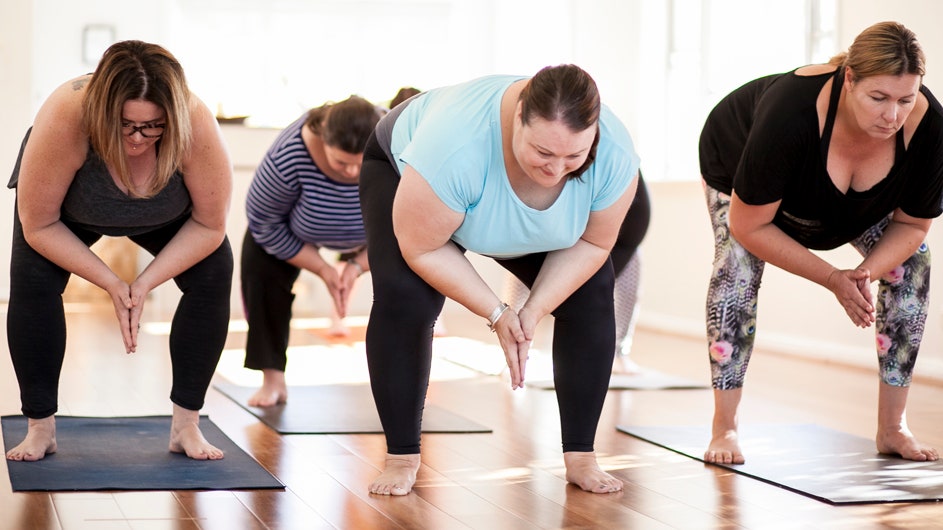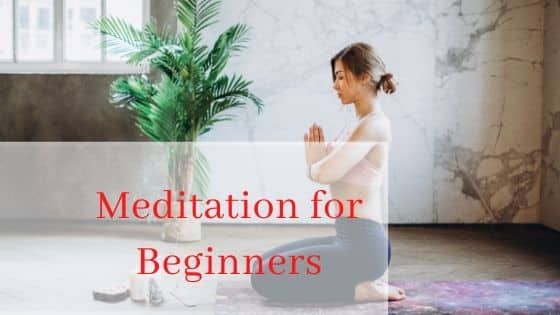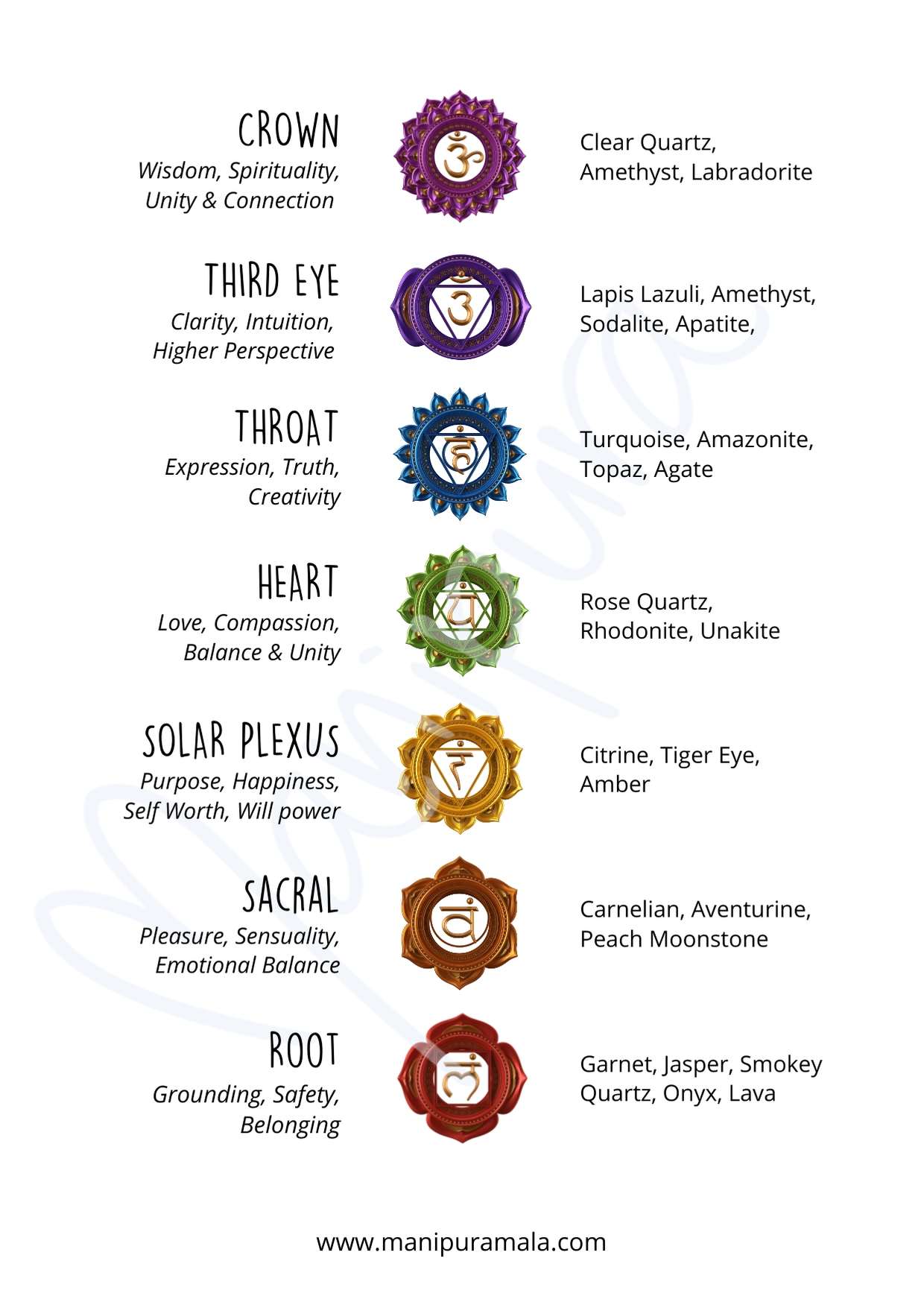
Many sufferers of migraines have found yoga to be a successful treatment. Clinical trials that showed significant improvement in headache intensity and frequency have proven the effectiveness of yoga. The exercise not only reduced stress but also helped patients to improve their cardiac autonomic balance, and decrease the sympathetic drive. These results have been replicated in a number of studies. Read on to find out more about yoga and migraine relief.
Legs up the Wall is one of the most popular poses to treat migraines. By lifting your legs towards the ceiling, you allow blood to flow toward the brain in an opposite direction to downward dog. You must lie flat on your stomach, your knees facing upwards. Your arms should be at your sides. Keep your chin down and your back into the mat. This will help relieve the pain and lengthen your spine.

Bridge Pose, a popular yoga pose that is great for migraine sufferers, is also a very popular one. It releases tension in the upper body and helps increase blood flow to the brain. To perform the pose, lay on your back and lift your knees. You can try holding the bridge position for at least 15 minutes. If it helps, increase the amount of time you spend in this position and you'll soon find yourself with a better quality of life. If you're suffering from migraines, consider incorporating some of these practices into your daily routine.
Child's Pose eases upper-body tension, and improves blood flow to your head. The bridge pose is particularly helpful because it increases the flow of blood to the head. The best way to do this is on your back with your eyes closed. Your knees should be slightly bent to reach your feet and help relax your upper body. For migraine prevention, you should practice this pose several days per week.
A great way to relieve a migraine is to do the Head to Knee Pose. It is a great way to relieve your pain and strengthen your cardiovascular system. A great way to ease a headache is the downward dog. It activates the pressure point in the neck and heads. This is an excellent way to fight migraines. You can do it in bedside yoga for migraines. You can also perform the posture in a chair if your body isn't suitable for lying down.

Yoga can be used to treat migraines. It can be used to complement modern therapies. According to research, yoga practice can improve overall wellbeing. The study authors recommend that it be used as a supplement to modern medication. Yoga can be a great option for migraine sufferers. You might even be able to prevent migraines altogether by practicing yoga.
FAQ
What causes mental health problems in adolescents?
Adolescence is a time when we start developing our identities. We start to define who we are as individuals and how we fit into society.
We also make new friends and develop romantic relationships during this time. These experiences can cause stress.
Normal stress is normal. However, if you feel stressed beyond your usual levels, you should seek professional help.
Sometimes, it is not possible to handle everything on your own.
During times when you are stressed, your friends and family can help. You may find them able to offer support and help you deal with stress.
You could try meditation or exercise. Both activities can help reduce stress.
In addition, you could join a group such as a sports team or church. You will meet new people and make new friendships.
Why is mental health important for students?
Mental health is vital for students because they need to be able to focus on school and do well academically. Without feeling like yourself, you will not be able perform well at school. Depression can lead to students missing class and poor grades. This may result in dropping out of highschool and eventually college.
Talk to your teachers or parents if you are struggling with depression. They will help you get the treatment you need.
It's important to note that not everyone who struggles with depression needs medication. Talk therapy is effective for many people. If you are interested in getting help, you should see a counselor.
If I feel depressed, is there anything wrong?
Teens often struggle with depression. Yet, depression is common among teenagers.
This doesn't mean that you're crazy or weak. People who are depressed don't know it. Depression is a medical condition.
There are several kinds of depression. Some people experience only sadness. Other people may experience other emotions as well. There are different levels of severity.
Some people have mild depression while others suffer from severe depression. It's important to understand that depression isn't always bad. Sometimes, depression can be helpful in coping with stressful situations.
If you feel constantly tired or sad, consult a doctor. Your doctor will diagnose you and recommend treatment.
Statistics
- Similarly, while there is some agreement about the boundaries of typical mental disorders 2, there is likely less agreement about those for positive mental health. (ncbi.nlm.nih.gov)
- Appropriate nutrition and exercise are likely among the most efficacious and cost-effective positive mental health interventions. (ncbi.nlm.nih.gov)
- In any given year, an estimated 18.1% (43.6 million) of U.S. adults ages 18 years or older suffered from any mental illness, and 4.2% (9.8 million) (healthypeople.gov)
- Neuropsychiatric diseases are the leading cause of death and disability in the U.S., accounting for 18.7 percent of all years of potential lifespan loss and premature mortality.
- More than 50% will be diagnosed with a mental illness or disorder at some point in their lifetime.3 (cdc.gov)
External Links
How To
How to Improve Your Memory
Everyone would like to have better memory. Unfortunately, memory decline is something we all experience at some point. More than half of Americans aged 65 and older suffer from dementia.
There are many options available to improve your memory, regardless of whether you have Alzheimer's or dementia. These are the three steps that you can take today to improve your memory.
-
Get more fruits and vegetables. Fruit and vegetables contain antioxidants, vitamins, minerals, fiber, and phytochemicals that boost brain function. They also provide essential nutrients that protect against neurological diseases.
-
Get enough sleep. Lack of sleep has been linked with memory loss and poor concentration. Get seven to eight hours of sleep each night.
-
Take a Walk. Walking stimulates blood flow to the brain, which improves memory. Walking helps you look slimmer, healthier, and more energetic.